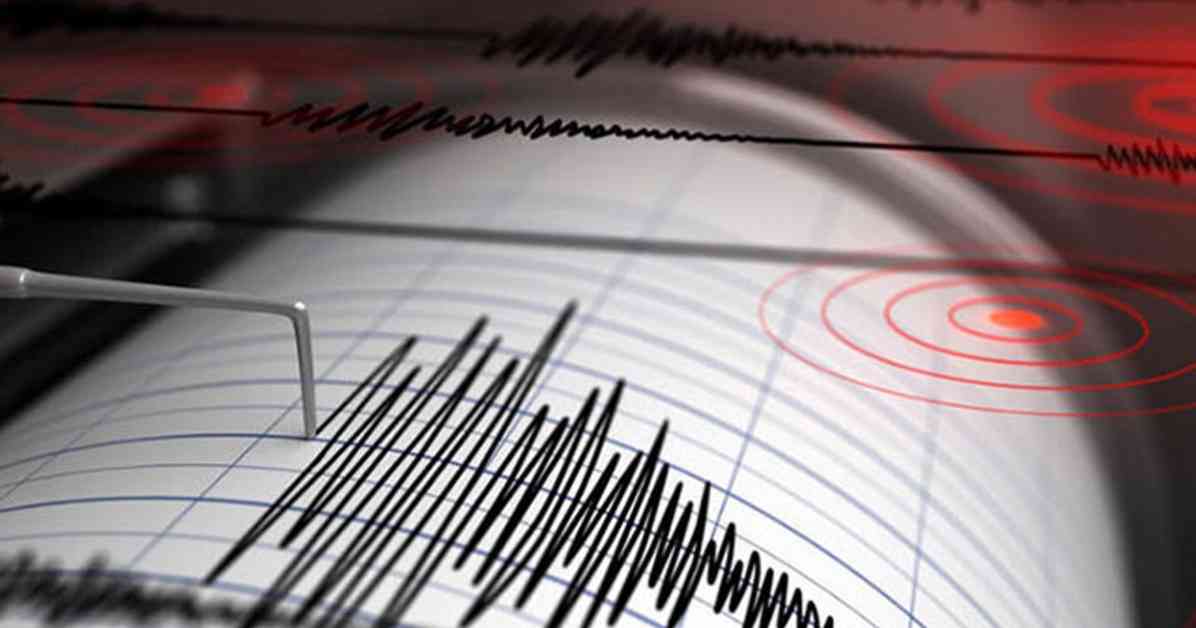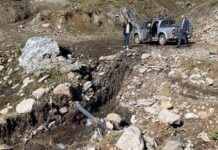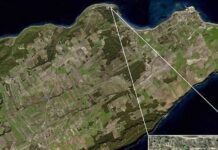An earthquake with a magnitude of 4.3 struck the Çanakkale region in Turkey, originating from Ayvacık. The tremor occurred at 17:56 local time in the Aegean Sea, with a depth of 9.02 kilometers according to the Disaster and Emergency Management Authority (AFAD).
Governor Ömer Toraman of Çanakkale released a statement on social media, reassuring the public that no negative reports had been received so far in relation to the earthquake. He stated, “Our relevant units have not received any adverse notifications regarding the earthquake that occurred in the Aegean Sea. Our scanning activities and monitoring continue.”
Latest Earthquake Updates
The Kandilli Observatory and AFAD provide real-time updates on recent earthquakes, including both minor and major seismic events. This comprehensive list offers information on the magnitude and depth of each earthquake as soon as they occur.
You can track all earthquakes with a magnitude of 3.0 and above through the Disaster and Emergency Management Authority’s (AFAD) latest earthquake list. Smaller earthquakes are also displayed on the list for your convenience.
For the most recent earthquake updates, click here for AFAD’s list and here for Kandilli Observatory’s updates.
Impact of the Earthquake
The earthquake in Çanakkale with a magnitude of 4.3 may have caused minor tremors and vibrations in the surrounding areas. While no significant damage or casualties have been reported, it serves as a reminder of the region’s susceptibility to seismic activity.
Seismic Activity in Turkey
Turkey is located in a seismically active region, making it prone to earthquakes of varying magnitudes. The country lies on several fault lines, including the North Anatolian Fault and the East Anatolian Fault, which contribute to frequent seismic events.
Preparedness and Response
In light of the recent earthquake in Çanakkale, it is essential for residents and authorities to remain vigilant and prepared for any potential aftershocks. Creating awareness about earthquake safety measures and conducting regular drills can help mitigate risks and ensure a prompt response in emergencies.
Monitoring Earthquake Activity
Continuous monitoring of seismic activity is crucial for early detection and response to earthquakes. By collaborating with organizations such as AFAD and the Kandilli Observatory, authorities can provide timely information to the public and implement necessary precautions to minimize the impact of earthquakes.
Community Resilience
Building community resilience is vital in enhancing the preparedness and response to earthquakes. Engaging residents in disaster preparedness workshops, establishing emergency communication channels, and conducting regular drills can empower communities to respond effectively in times of crisis.
Seismic Retrofitting
Investing in seismic retrofitting of buildings and infrastructure is essential to reduce the vulnerability of structures to earthquakes. By implementing structural enhancements and retrofitting measures, cities can enhance their resilience to seismic events and protect lives and property.
Conclusion
The recent earthquake in Çanakkale serves as a reminder of the ongoing seismic activity in Turkey and the importance of preparedness and response measures. By staying informed, implementing safety protocols, and fostering community resilience, we can mitigate the impact of earthquakes and ensure the safety and well-being of all residents.





















